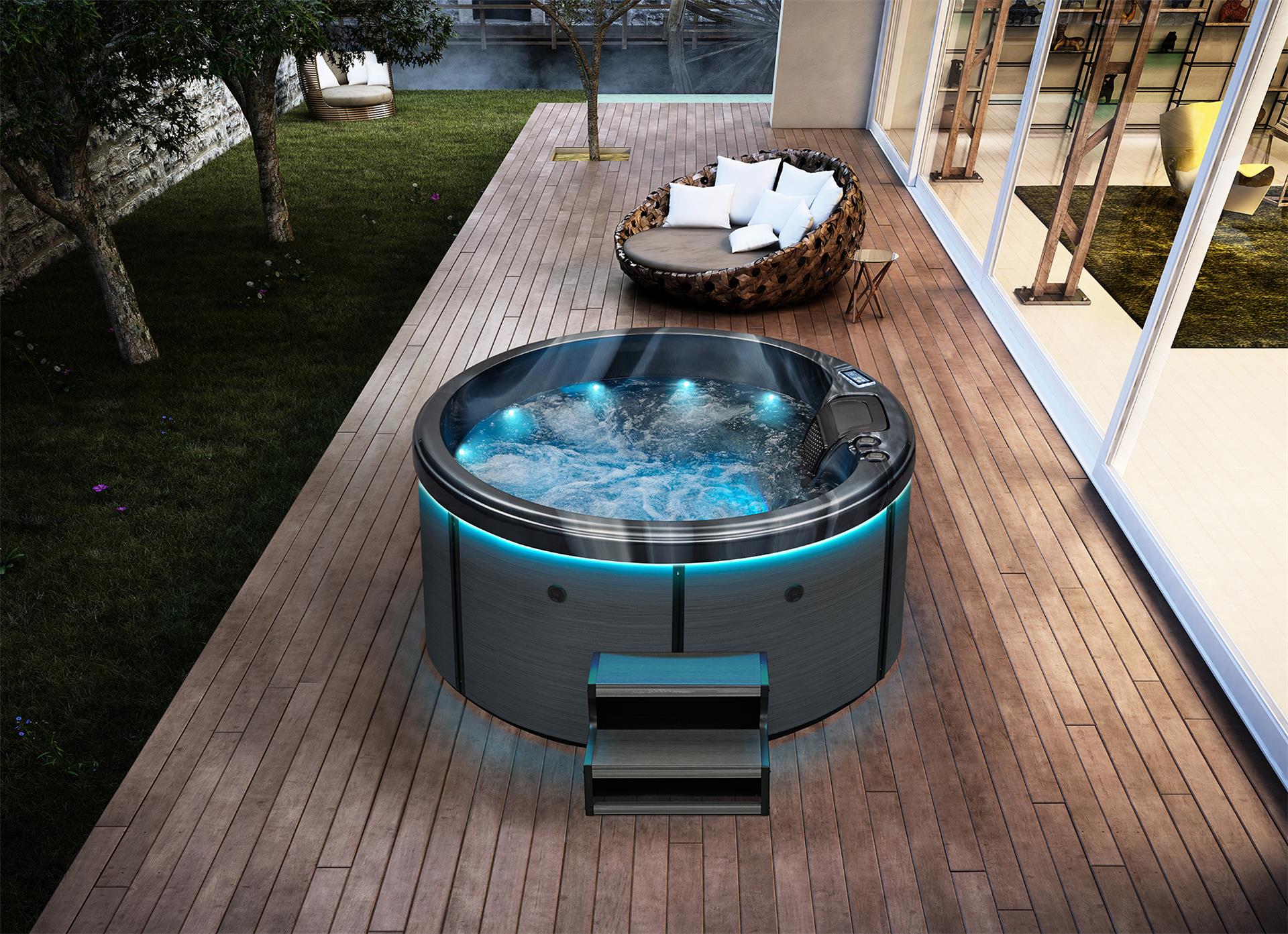Analyzing the Choice Between Embedded and Freestanding Bathtubs
When it comes to selecting a bathtub, the choice between an embedded and freestanding bathtub is a pivotal decision that can significantly impact both the aesthetic and functional aspects of a bathroom. Let’s explore this decision from several perspectives to guide you in making an informed choice that aligns with your preferences and needs.
1. Space Utilization:
Embedded bathtubs, often referred to as built-in or alcove bathtubs, are designed to fit seamlessly into a specific space, typically against one or more walls. They are an excellent choice for smaller bathrooms, optimizing space and providing a cohesive look. Freestanding bathtubs, on the other hand, stand alone and can be placed anywhere in the bathroom, making them ideal for larger spaces where a dramatic focal point is desired.
2. Design and Aesthetics:
Embedded bathtubs are known for their integration into the overall design of the bathroom. They offer a clean, polished appearance, often complementing the surrounding walls with customizable tiles or panels. Freestanding bathtubs, in contrast, are design statements in themselves. Their sculptural shapes and diverse styles can transform a bathroom into a luxurious sanctuary, making them an excellent choice for those who prioritize aesthetics.
3. Installation Complexity:
The installation of embedded bathtubs is typically straightforward, especially in new construction or bathroom remodels where the necessary alcove or built-in space already exists. Freestanding bathtubs, however, require more intricate installation, as they need additional structural support. This can be a factor to consider both in terms of the initial installation process and potential future modifications.
4. Maintenance and Cleaning:
Embedded bathtubs are often easier to maintain as they involve cleaning only the interior and the surrounding tiles or panels. Freestanding bathtubs, due to their open design, offer easy access for cleaning. However, the space around them also requires cleaning, making the maintenance routine slightly more involved.
5. Cost Considerations:
Embedded bathtubs are generally more budget-friendly as they utilize existing walls for support, reducing installation costs. Freestanding bathtubs, with their more intricate designs and the need for additional structural support, can be more expensive. The investment, however, may be justified for those seeking a statement piece that adds luxury to the bathroom.
6. Flexibility in Placement:
Embedded bathtubs are fixed to predetermined spaces, limiting flexibility in placement. Freestanding bathtubs, on the other hand, offer greater flexibility, allowing homeowners to experiment with placement within the bathroom. This flexibility can optimize views or create a more open and spacious layout.
The choice between embedded and freestanding bathtubs hinges on individual preferences, budget constraints, and the specific characteristics of the bathroom space. While embedded bathtubs offer practicality and cost-effectiveness, freestanding bathtubs introduce an element of elegance and design flexibility. The perfect choice is the one that aligns with your vision for a functional and aesthetically pleasing bathing environment. No matter which of these two bathtubs you prefer, you can contact FSPA directly to get the latest catalogs and quotes.

